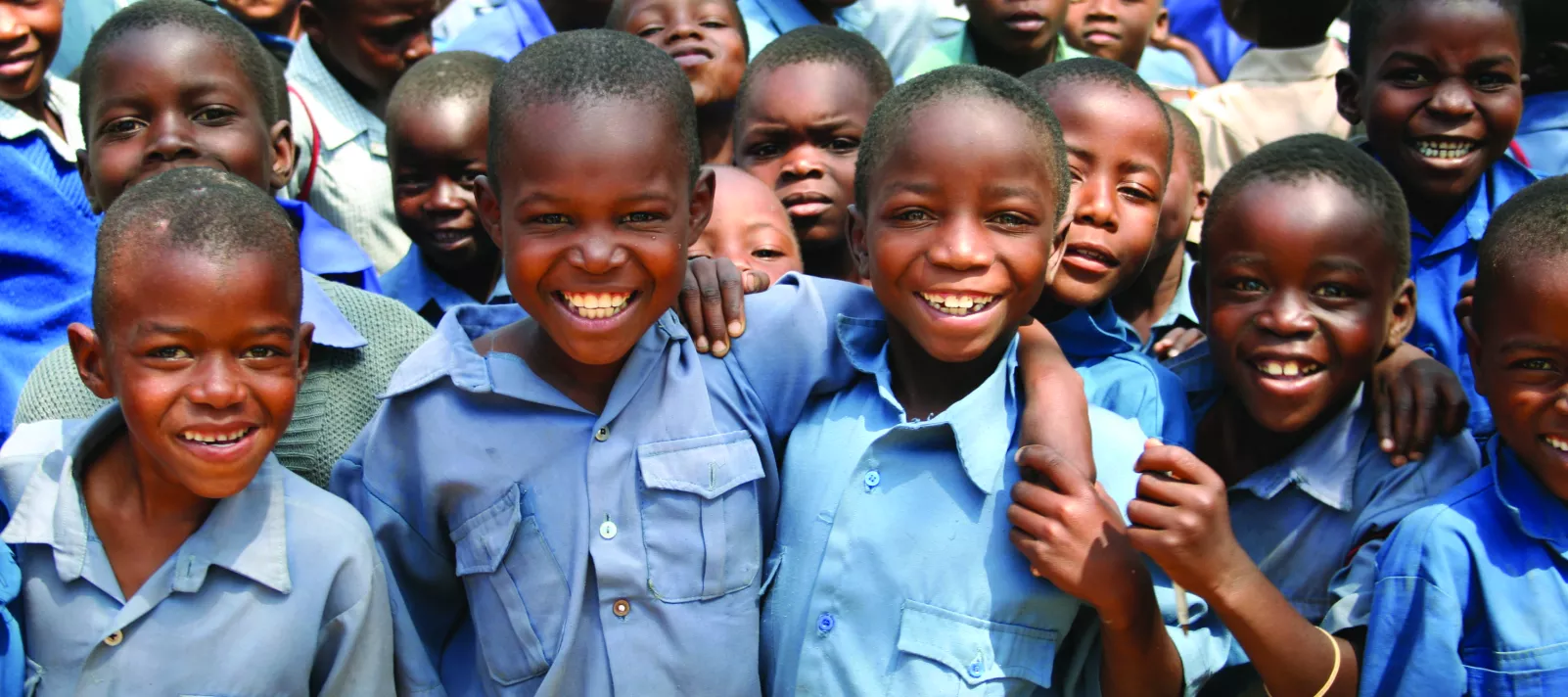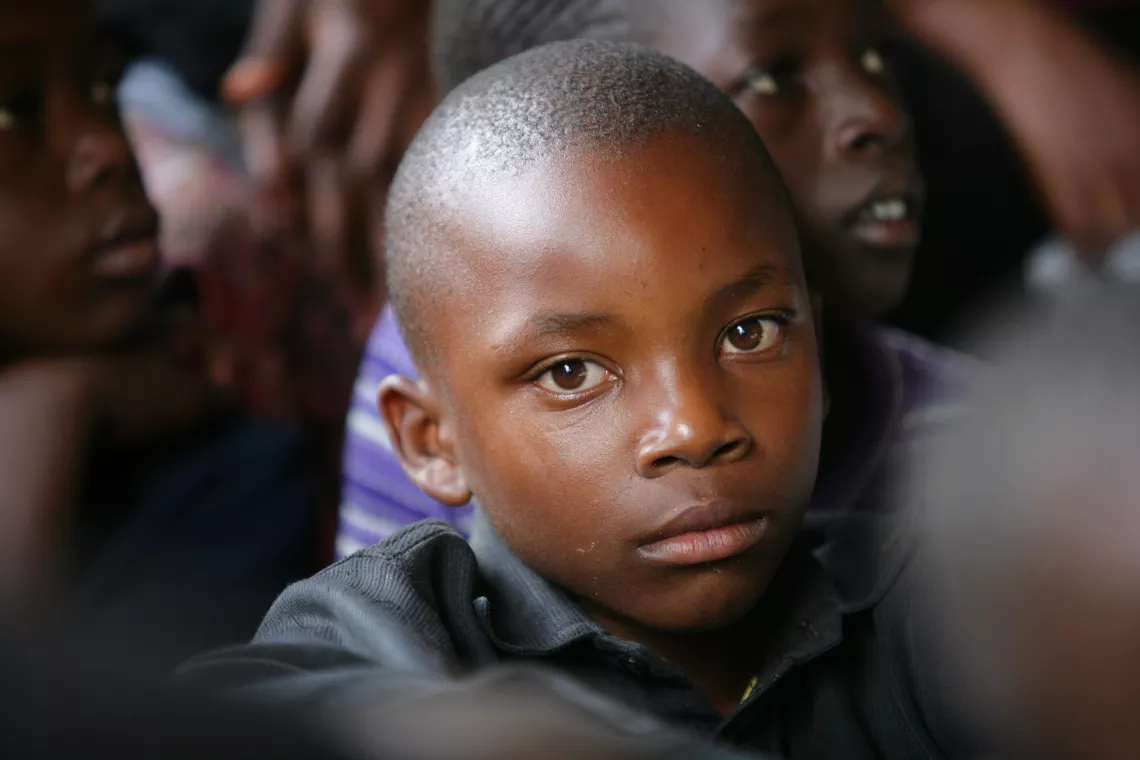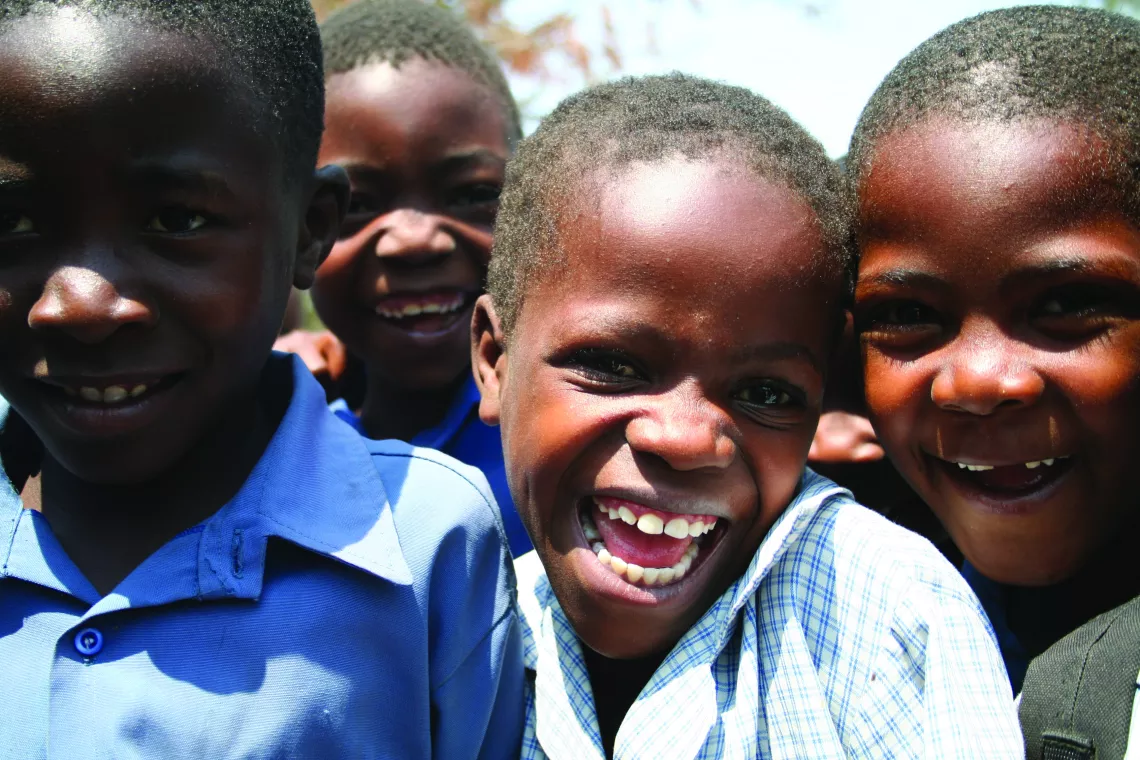Situation of Children
UNICEF Zimbabwe works towards the protection of the rights of children and women with the realisation that every child should have a fair chance in life

This situation of women and children in Zimbabwe chronicles a story of progress, challenges, decline, and recovery for women and children. Today, poverty has a child’s face in Zimbabwe. Of the 6.3 million boys and girls in the country, 4.8 million live in poverty, including 1.6 million in extreme poverty.
Of the 13 million people in Zimbabwe, 48% are children. Most of them (72%, or 4.5million), live in rural areas which, on average, are the worst off in terms of health, education, nutrition, water and sanitation, access to information and other basic indicators of well-being and quality of life. Urban vulnerability is also increasing, especially in the poor neighbourhoods of big cities.

Available data suggest that children without parental care remain a serious child protection concern in Zimbabwe

The trend over the past decade has not changed much. More than one quarter of children below the age of 18 are not living with either parent, as confirmed by the MICS 2014 figure of 26.6%. Among these children, the majority have been abandoned by their parents or orphaned.
Overview

The precarious socio-economic situation in the first decade of the 2000s reached its peak in 2008, when the country almost collapsed. Much of the education and health infrastructure deteriorated, and infrastructure related to water, sanitation and transport was also severely affected. Children were the ones who inherited the worst of this period’s adverse consequences.
In 2017, Zimbabwean children and their families faced multiple challenges due to the difficult macroeconomic environment and multiple humanitarian crises that included flooding, drought, and diarrhoeal disease outbreaks. In support of the Government, UNICEF Zimbabwe and partners implemented humanitarian and development programmes to mitigate the effects of the crises on children and women.
Donor contributions to humanitarian efforts amounting to US$18 million enabled UNICEF to provide services to 705,481 affected Zimbabwean children and adults. Services were provided in 20 districts to meet the needs of children and women who were pregnant or lactating
UNICEF by Numbers
Here are UNICEF assisted achievements;
- In 2016 more than 6,740 mother-baby pairs were reached with community-based infant and young child feeding counselling.
- 738,845 boys and girls between 6 months and 2 years were supplemented with Vitamin A from January to June 2016 (83%). Between July and November, 394,474 children received Vitamin A (26%).
- Stunting remains high in rural areas (30%) compared to urban areas (20%). There are also gender disparities, with prevalence higher among boys (31.1%) compared to girls (24.1%).
- Underweight and wasting remain stagnant at 11% and 3% respectively.
